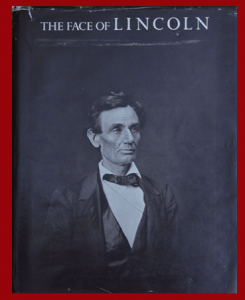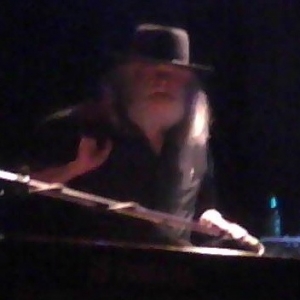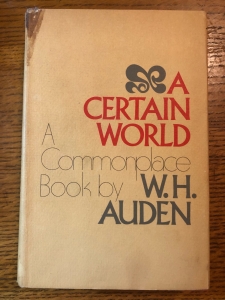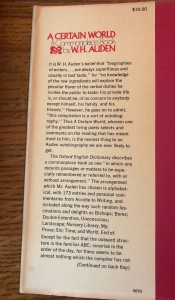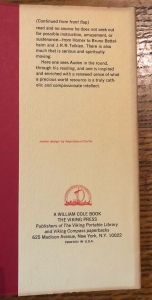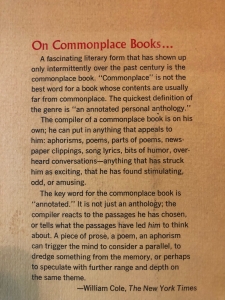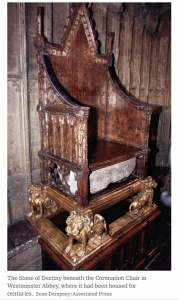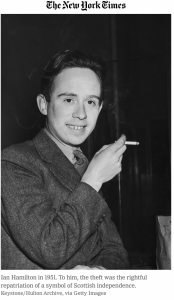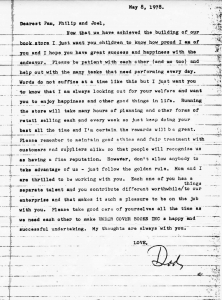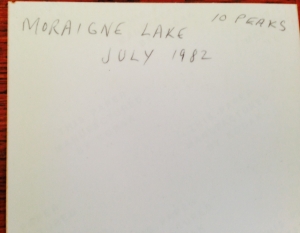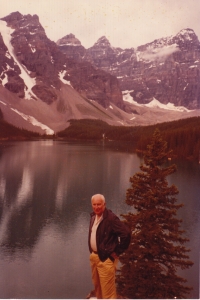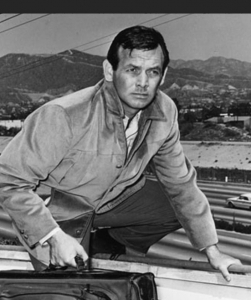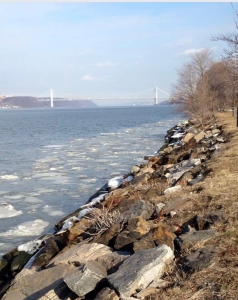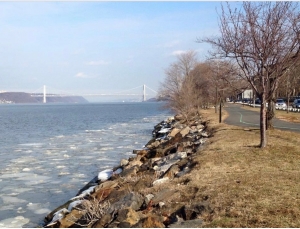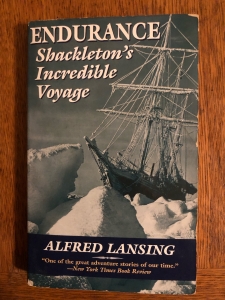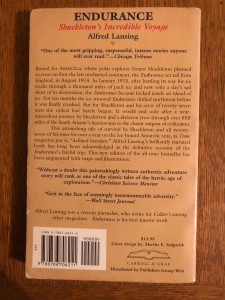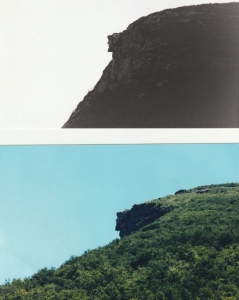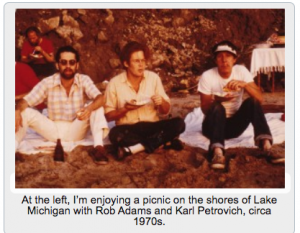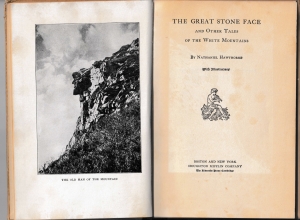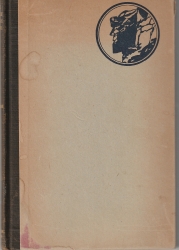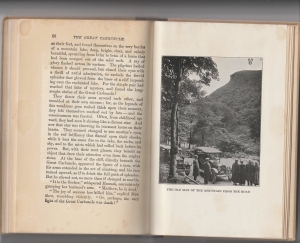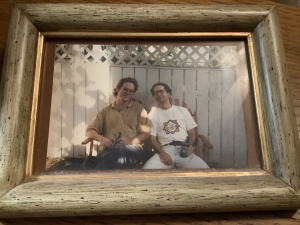 When I woke up this last morning of the long Thanksgiving weekend, I looked at Twitter on my iPhone and saw that this date November 28 is the birthday of the timeless artist William Blake (1757-1843). Immediately, I thought I would share an image of the precious work I have by him, an engraving from his hand, given to me years ago by my close friend, Robert Henry Adams (1955-2001).
When I woke up this last morning of the long Thanksgiving weekend, I looked at Twitter on my iPhone and saw that this date November 28 is the birthday of the timeless artist William Blake (1757-1843). Immediately, I thought I would share an image of the precious work I have by him, an engraving from his hand, given to me years ago by my close friend, Robert Henry Adams (1955-2001).
After I shared a social media post seen here, on Twitter, Instagram, and Facebook, I realized I could also do a fuller post that links to earlier blog essays I’ve shared on this website (here, here, and here) about Rob, our meaningful friendship, and a third Franconia College friend pal with whom we constituted a troika, Karl Petrovich.
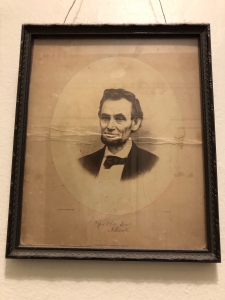 The Blake gift doesn’t exhaust the fine art that Rob gave me, or occasionally, that I bought from him. There are no less than a dozen such pieces in my Manhattan apartment, such as a print I bought of a circus aerialist by British artist Dame Laura Knight. Another is the framed Lincoln portrait by Civil War-era photographer Alexander Gardner shown here. Sometime in the late 1980s Rob spotted it at an auction, and bought it relatively cheaply due to the unfortunate crease in the middle. Always one to see the bright side, despite the defect, Rob had also spotted the signature, “Your Obt Servt A. Lincoln“, seeming to him in pencil or faded ink, and not a mechanical or mass-reproduced autograph. This made it all but certain it was from Lincoln and Gardner’s time, done in the sixteenth president’s own hand. FYI, the printing near the bottom of the picture reads, from left to right,
The Blake gift doesn’t exhaust the fine art that Rob gave me, or occasionally, that I bought from him. There are no less than a dozen such pieces in my Manhattan apartment, such as a print I bought of a circus aerialist by British artist Dame Laura Knight. Another is the framed Lincoln portrait by Civil War-era photographer Alexander Gardner shown here. Sometime in the late 1980s Rob spotted it at an auction, and bought it relatively cheaply due to the unfortunate crease in the middle. Always one to see the bright side, despite the defect, Rob had also spotted the signature, “Your Obt Servt A. Lincoln“, seeming to him in pencil or faded ink, and not a mechanical or mass-reproduced autograph. This made it all but certain it was from Lincoln and Gardner’s time, done in the sixteenth president’s own hand. FYI, the printing near the bottom of the picture reads, from left to right,
A. Gardner, Photographer. Published by Philip & Solomons, Washington D.C. Washington
Rob didn’t want to try re-selling it because of the imperfection, and so gave it to me, a (probably) autographed Lincoln photograph. Pretty amazing, right?! 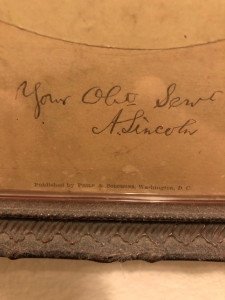
There was some sweet symmetry to the Lincoln gift, because earlier, in the 1970s, for Rob’s wedding to Chicago fashion historian Sandra Adams, I had given him the oversized photography book The Face of Lincoln (Viking, 1979, 15″ x 11 1/2 inches), collecting every known photograph of Lincoln, which at my family’s bookstore in Cleveland, Undercover Books, we were then stocking and selling. 